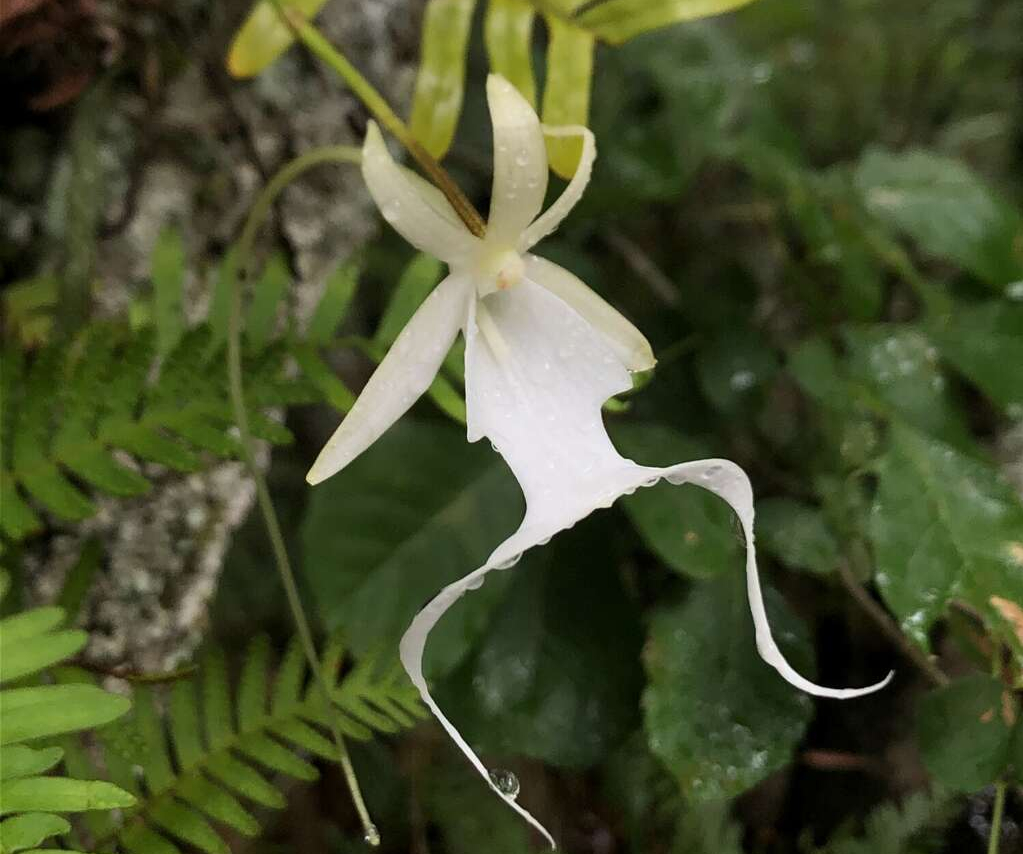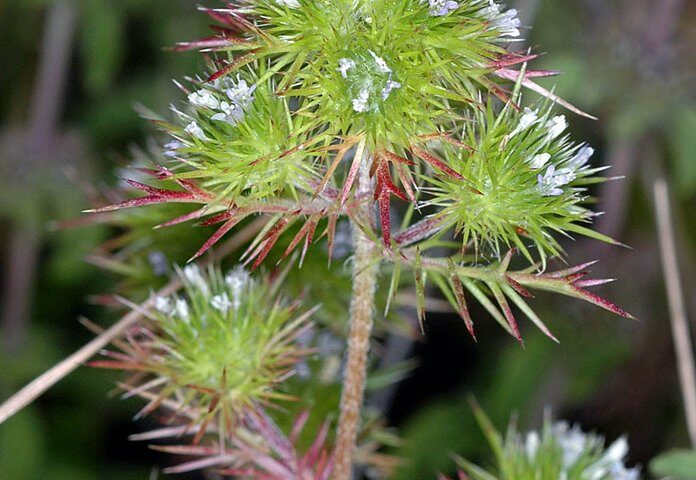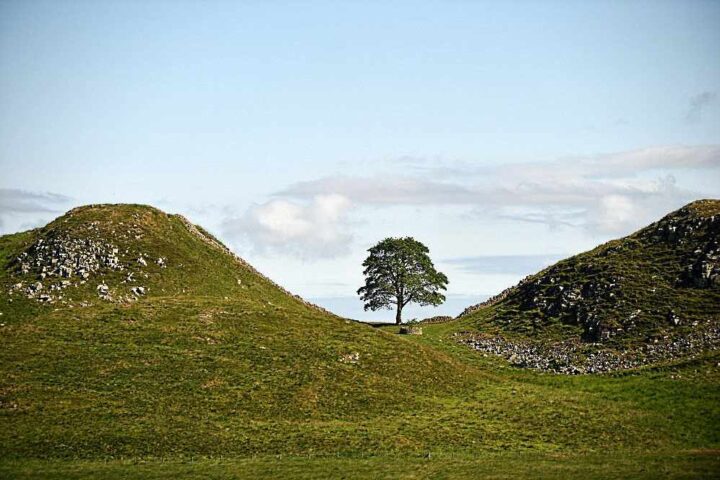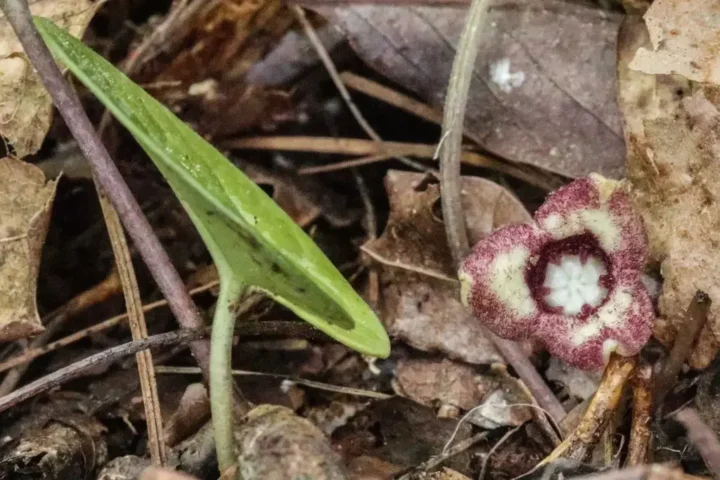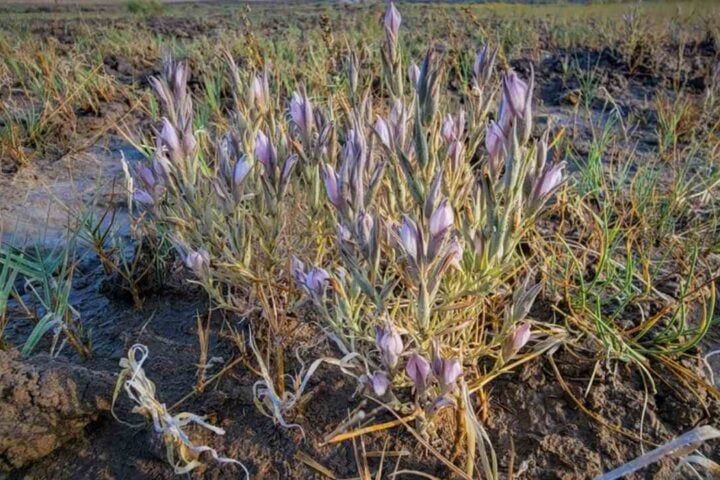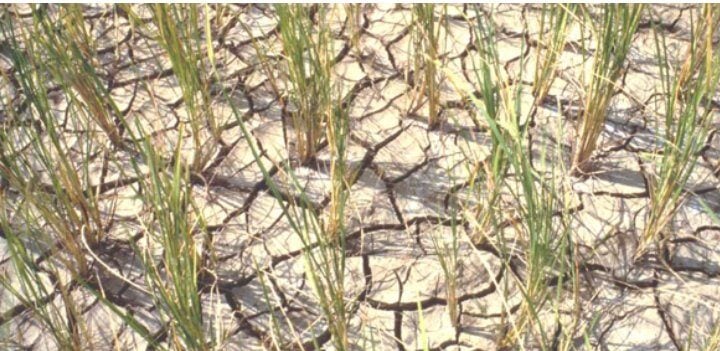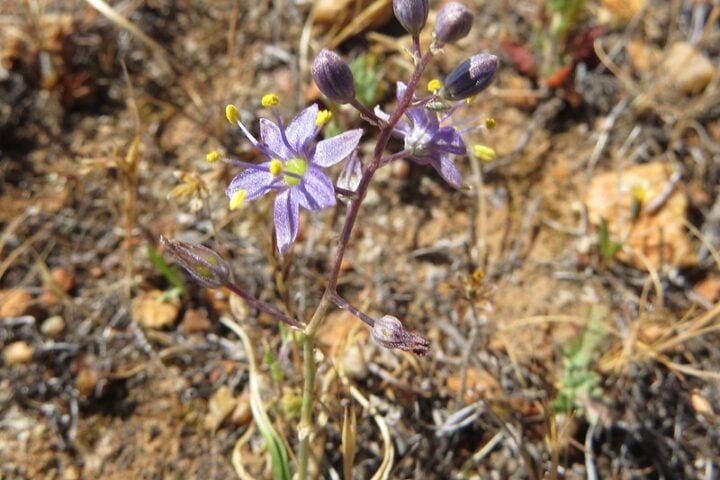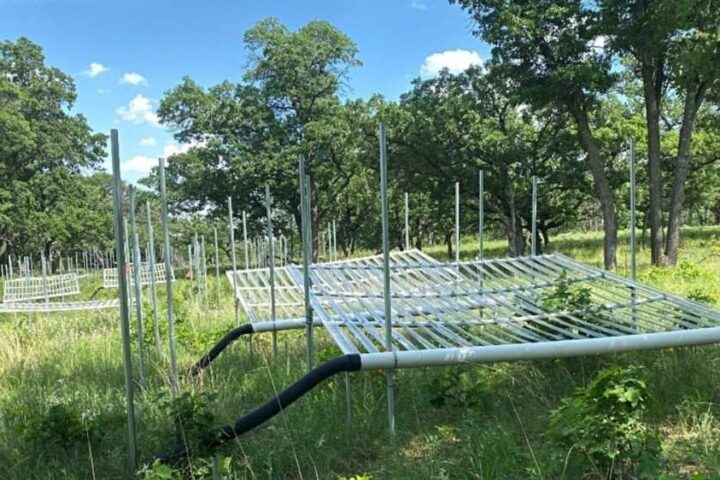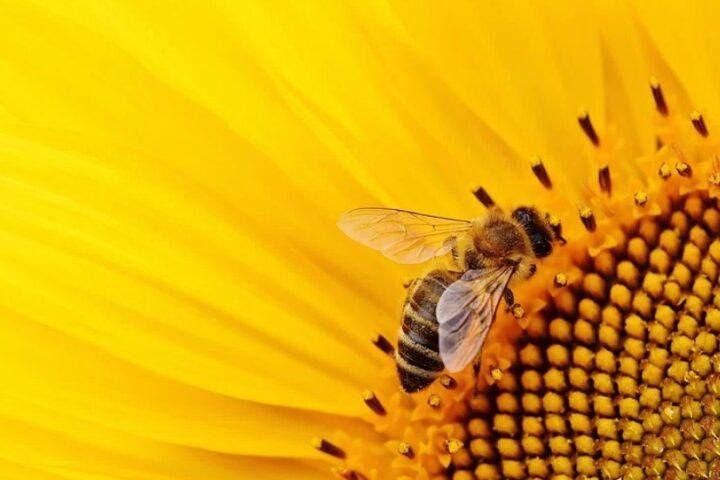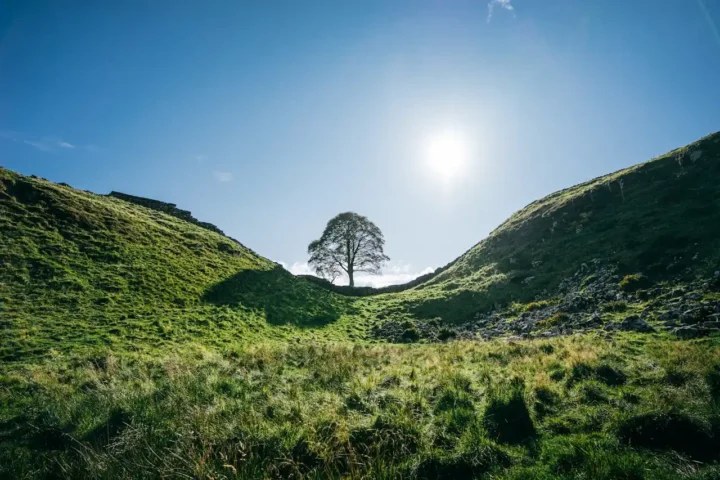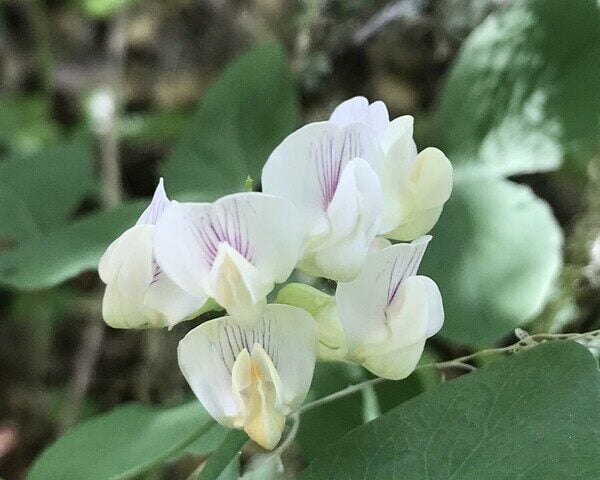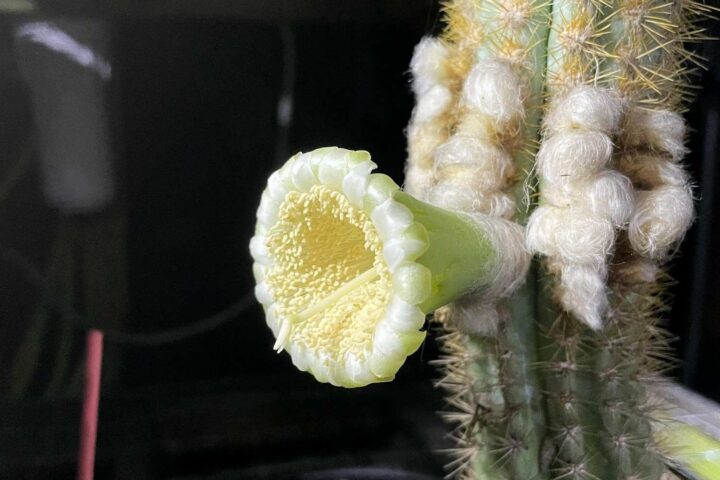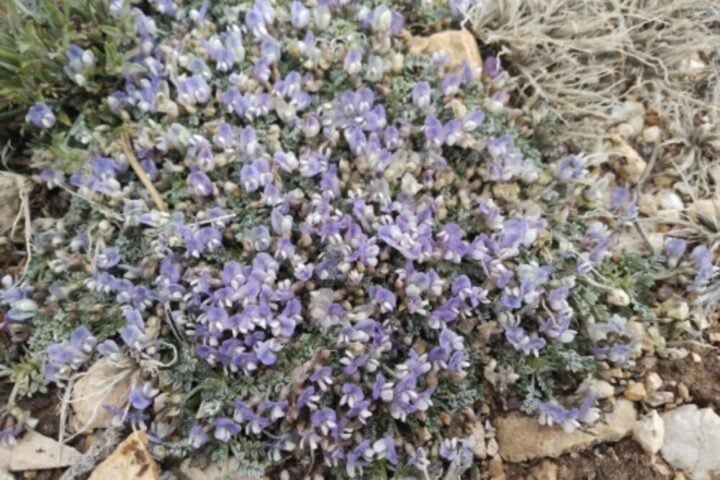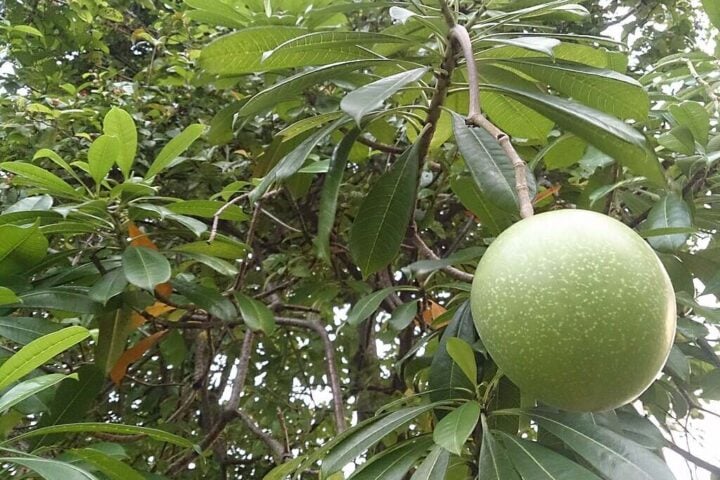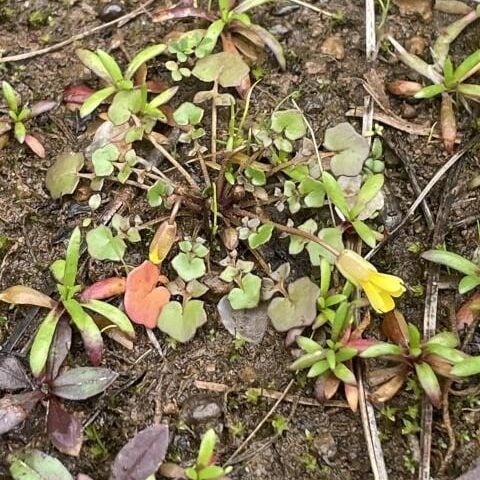The U.S. Fish and Wildlife Service (USFWS) has proposed adding Florida’s famous ghost orchid to the endangered species list. This rare white flower faces serious threats from poaching, habitat loss, and climate change.
“The ghost orchid is Florida’s most famous flower, and it deserves a chance to live,” said Melissa Abdo, Sun Coast Regional Director for the National Parks Conservation Association.
The proposal, announced on June 4, 2025, comes after three conservation groups petitioned the government in 2022. These groups – The Institute for Regional Conservation, the Center for Biological Diversity, and the National Parks Conservation Association – eventually sued the USFWS for missing deadlines. The lawsuit led to a settlement requiring the agency to make a decision by June 1, 2025.
A Flower in Danger
Ghost orchids have seen dramatic population declines – over 90% globally and up to 50% in Florida. Only about 1,500 plants remain in Florida, with fewer than half mature enough to reproduce. Some estimates put the U.S. population at fewer than 1,000 plants.
These leafless plants grow high on trees in swampy areas, making their white flowers appear to float in the air – hence their ghostly name. They’re found only in southwestern Florida and western Cuba, primarily in Collier and Hendry counties.
“It just stands out as such an interesting plant because it’s almost like a pop culture icon as a species here in Florida, up there with the Florida panther or the gopher tortoise or the manatees,” explained Elise Bennett, Florida and Caribbean Director at the Center for Biological Diversity.
Similar Posts
Multiple Threats
The ghost orchid faces several serious challenges:
Poaching remains the biggest threat. Their beauty and rarity make them targets for collectors. In late 2022, two people were caught stealing a ghost orchid from Fakahatchee Strand Preserve State Park.
Habitat loss continues as wetlands are drained for development. The orchids depend on wet, humid environments to survive.
Climate change has increased hurricane intensity, with several major storms hitting southwest Florida in the past decade. Experts predict another above-average hurricane season in 2025.
The USFWS decided not to designate critical habitat for the ghost orchid, citing concerns that mapping specific locations could encourage more poaching.
“The decision not to protect critical habitat for the ghost orchid, while complicated by concerns of increasing poaching pressure, may reduce protections in areas under threat from oil drilling, off-road vehicles and other pressures,” noted George Gann, Executive Director at The Institute for Regional Conservation.
What Protection Means
While Florida already protects the ghost orchid at the state level, federal protection brings additional benefits. These include recovery planning, stronger law enforcement, and a ban on destroying the plants on federal lands.
The federal protection process now enters a 60-day public comment period ending August 4, 2025. The USFWS is particularly interested in input from botanists who can provide scientific data about the plant and its threats.

The proposal comes despite what conservation groups describe as the Trump administration’s attempts to weaken environmental protections, including policies affecting endangered species and reported staffing cuts at the USFWS.
“Even as the administration works to expel hard-working, dedicated environmental professionals from the government, those same professionals are fighting to protect endangered species like the ghost orchid for future generations,” said Abdo.
The ghost orchid’s story highlights the ongoing challenges of protecting plant species that receive less attention than animals but remain vital parts of Florida’s unique ecosystems.
